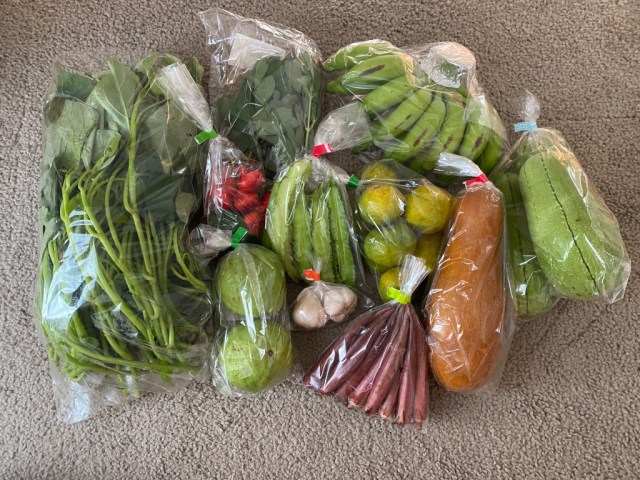
Our reporter samples 11 types of produce unfamiliar to her in order to crown the overall victors and losers of the island diet.
Reporter Ikuna Kamezawa of our Japanese-language sister site visited Okinawa during a recent GoTo Travel campaign. On October 2 she traveled to the southern city of Itoman, which is about a 1.5-hour bus ride or a 30-minute direct car ride from capital Naha. The Itoman michi no eki roadside rest stop had earned the top ranking in all of Japan in Tripadvisor Japan’s 2019 poll, so she was already on the edge of her seat with excitement as they approached the huge complex, and the actual place ended up exceeding her expectations.
While the michi no eki offered plenty of the usual local specialty souvenirs, fresh fish, and even ikebana, there were also heaps of typical Okinawan produce such as dragon fruits, papayas, and umibudo (sea grapes) everywhere–things you would rarely hear about, let alone catch sight of, on the main Japanese island of Honshu. Ikuna didn’t even know where to begin shopping because everything was so new to her. A novice as far as Okinawan ingredients are concerned, she was also anxious about making a careless selection and receiving strange looks from the locals. Therefore, she decided to just take the plunge and buy a little bit of everything.
Fruits and vegetables were located in a standalone building called “JA Farmers Market Itoman Umanchu Ichiba.” Despite being around noon on a weekday the place was bustling. Some of the fresh produce had names that were easier to visualize than others–kinbi-ninjin (yellow carrot), shima-rakkyo (island leek), shima-kabocha (island pumpkin)–but others were completely foreign-sounding.
There was a fresh meat corner in addition to the veggies.
Sweets, breads, and prepared side dishes were also plentiful and included many items that were not immediately recognizable to Ikuna. Add on processed goods and there was no limit to the number of novel foodstuffs. Ikuna decided to limit herself to buying just fresh produce on this day–in particular, only those fruits and vegetables that she had never heard of before. Here is her final catch:
In the end Ikuna purchased a grand total of 11 types of produce. She immediately hopped on the Internet to begin searching for the best ways to eat them all, eventually settling on four different preparation methods: making five into a salad, deep-frying two, stir-frying one, and using the last three for dessert, all to create a master meal of Okinawan origin.
Before anything else, Ikuna would like to acknowledge that Okinawa natives may see these photos and think that something is a bit off, for which she asks for forgiveness as a complete beginner using these ingredients. She followed the instructions she found online but also put her own unique spin on things.
1. Salad
According to Ikuna’s research, five out of her 11 finds should work well as part of a salad.
First up was the moui (モーウィ), a type of cucumber with the same light green interior and brown exterior coloring as a calabash gourd. Its outer appearance looked similar to a tuber, but after cutting it she recognized the cucumber-like look and smell.
She removed the skin and seeds and sliced it thinly, covering the slices with salt in the process.
Next up was the salad hechima (サラダヘチマ), or a type of sponge gourd for salad-use. Despite its name the vegetable didn’t exactly strike her as looking very sponge-like, but she supposed it was a major food in Okinawa based on the number of people she saw buying them. It had a soft texture as well.
The skin peeled away easily and was strangely pleasant to experience. She cut this one into round slices and also sprinkled salt over them.
Next was the guava for salad-use (サラダ用グァバ). While she knew what a guava was, she was only familiar with processed guava juice and not the raw fruit.
She sliced it according to her instinct. It was about as firm as a carrot.
Moving along, the akamaru okra (赤丸オクラ) were as vividly red as their name suggested. She wondered if they had some kind of special property.
Funnily enough, after a quick boil they turned green in an instant and looked like any other okra. She also noted that the Okinawan version was rounder than typical okra.
Finally, sakuna (サクナ), a leafy green in the parsley family, rounded off the fifth salad ingredient. Its nickname is the “long-life plant” because it’s said to have medicinal properties that extend your lifespan with frequent consumption. Ikuna decided to eat it as it was.
Her Okinawa-themed salad was now complete! Here it is in all of its glory. It gave off super healthy vibes.
2. Deep-frying
The two ingredients that Ikuna wanted to deep-fry were the urizun (うりずん) and island garlic (島ニンニク).
Urizun refers to the winged bean. Ikuna had previously tried making Okinawa-style tempura back in Tokyo but couldn’t find this particular legume at any local stores. It was super satisfying to finally get her hands on it and complete her tempura challenge.
She carefully washed them, removed the ends, dipped the pieces in batter, and lowered them into the hot oil. It took a very short time to fry them to perfection.
On the other hand, she fried the island garlic exactly as it was. The bulb seemed smaller than the ones she typically bought back home.
Here are the finished deep-fried items:
3. Stir-frying
Kandaba (カンダバー)–the name of this leafy green didn’t even ring a bell to Ikuna. She thought it sounded alternately like the name of a Pokémon or even a pro wrestler.
It turns out that kandaba are actually sweet potato leaves and stems. She thought that they would go well in a Chinese-style stir-fry with bacon, salt, and pepper. Add in some of the island garlic cloves for accent and presto–a colorful and appetizing dish.
4. Dessert
The last three ingredients were all types of fruits, so Ikuna decided to save a sweet treat for the end of her meal by relying on their natural flavors.
She read that the bright red renbu (レンブ), also known as the Java apple, is also commonly cultivated in Malaysia and Taiwan.
The kabuchi (カーブチー) looked like a smaller mikan orange. She sliced through its skin and a refreshing aroma wafted up to greet her nose.
Lastly, the island bananas (島バナナ) were short and stubby. At 300 yen (US$2.80) per bunch, they were more expensive relative to their size than a regular bunch of bananas. She also thought that they radiated the tropics with their vividly green coloring.
Arranged on a plate, the fruits visually popped! They were definitely Insta-worthy.
Finally, Ikuna’s meal of unfamiliar Okinawan produce was ready for sampling. She arranged the four dishes in front of her and prepared to rank each of the 11 new ingredients.
She gave the highest marks to the moui, urizun, and kabuchi.
The moui and urizun won the prize for most novel and delicious in Ikuna’s book. While the moui tasted akin to a cucumber, its firm and chewy texture was wildly different. The urizun seemed like a common bean in many respects but it too was surprisingly unique. As a matter of fact, she greatly preferred the urizun to common beans.
The kabuchi was sourer than she was expecting but not sour enough to make her lips pucker. People who are craving a sour fruit (but not to the level of a lemon) should definitely try eating a kabuchi–it would be a perfect fit. She thought it would also go well as a garnish or its juice would be great as a drink.
She gave good marks to the kandaba, akamaru okra, and island garlic.
The kandaba leaves were only a little bit slimy. They seemed to fall somewhere between spinach and water spinach. The akamaru okra and island garlic ultimately didn’t seem that different from the versions she usually ate on Honshu. All in all she thought that most people would confidently enjoy all three of them.
She decided that the salad hechima, renbu, and guava for salad-use would probably divide people.
The instant she took a bite of the salad hechima, her mouth was completely engulfed by the strong gourd taste and chewy texture. She felt it was the kind of thing that would probably polarize people, but maybe dressing could soften the punch.
The renbu also had a peculiar texture. It was crunchy like a red onion but had almost zero water content so was light. The guava for salad-use was also incredibly hard and left an aftertaste 100 times stronger than you would get after eating a pear. Ikuna concluded that there were likely people out there somewhere who would love the three of them despite their unique characteristics.
Now, for something surprisingly unsurprising…
At first glance, the sakuna looked like any kind of nondescript plant or weed you might find growing anywhere. It turned out that it also tasted exactly as if she had bitten into any random leaf in a garden–bitter, but not so bitter that it was inedible. As long as it was proclaimed to be a super health food Ikuna could see herself eating it without too many complaints.
Last but not least, Ikuna’s hands-down pick for the absolute most disappointing of all 11 ingredients is a bit of a shocker–the island banana.
Its peel was as hard as a stalk of sugarcane and the fruit felt like hard corn. After taking a bite, she discovered that in place of an ounce of sweetness it had a rather powerful astringency. Speaking candidly, she thought it wasn’t even fit for consumption.
She had automatically assumed that island bananas would be similar to ordinary bananas so she hadn’t bothered looking them up beforehand. At this point, she doubted that they were even a typical ingredient for human cooking. Checking online, she discovered that it was actually common sense to let them ripen at home for a while before eating. Oops!
Ikuna had only one week left for her stay in Okinawa. She had no idea if the remaining island bananas would be ripe enough to eat by the time she left, but was determined to wait it out until they were ready to be eaten the way they were supposed to be.
In summary, Ikuna’s Okinawan fruit and vegetable taste-testing adventure had resulted in many new acquired tastes and lessons learned. She encourages anyone visiting Okinawa for the first time to also go all out on an adventurous supermarket shopping spree. Or, at the very least, be sure to check out other kinds of local soul food.
Reference: JA Farmers Market Itoman Umanchu Ichiba
All images © SoraNews24
● Want to hear about SoraNews24’s latest articles as soon as they’re published? Follow us on Facebook and Twitter!
[ Read in Japanese ]

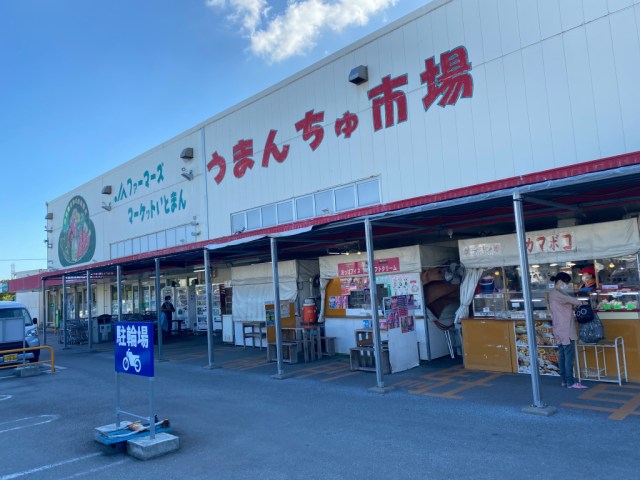
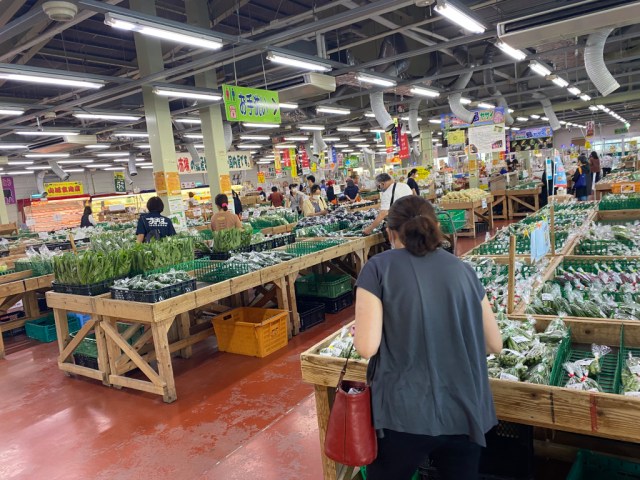

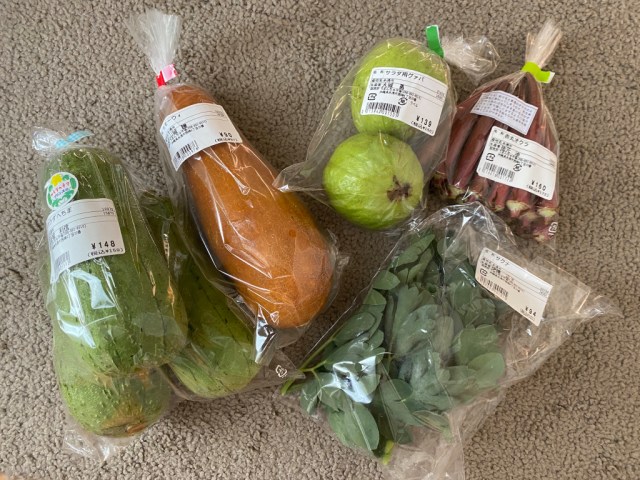
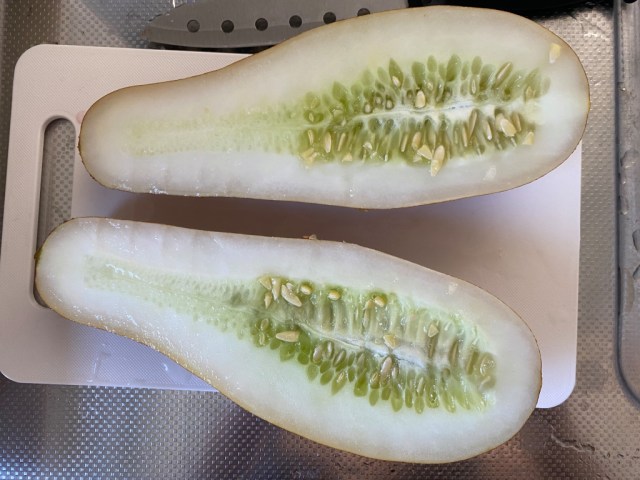
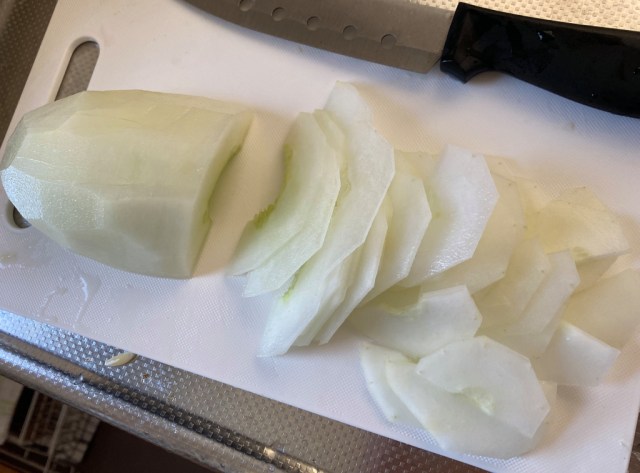
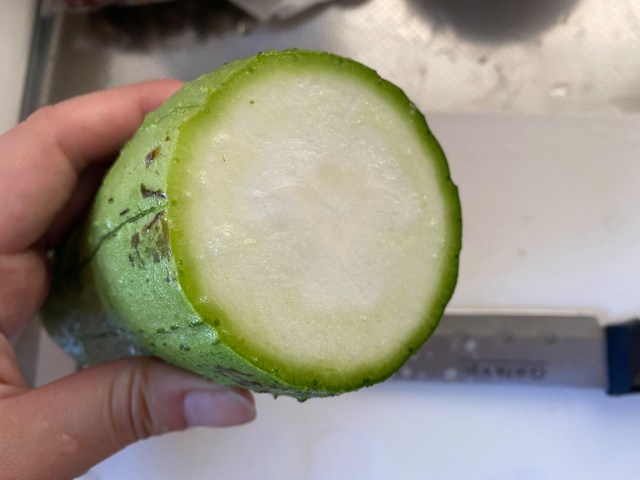
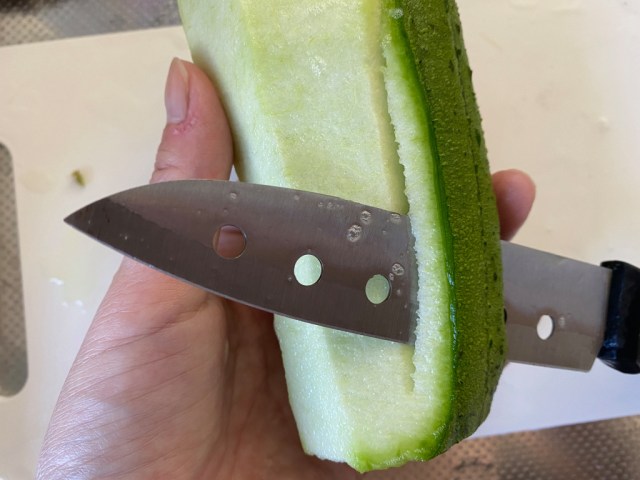
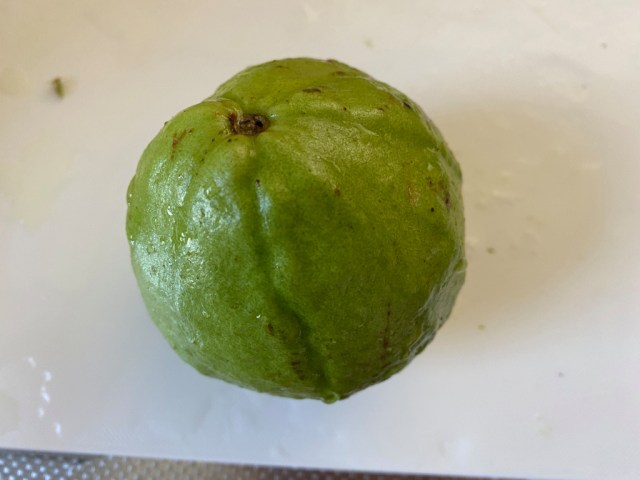
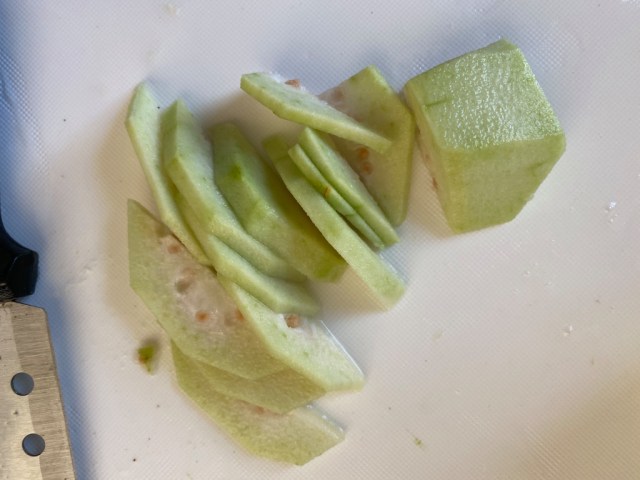
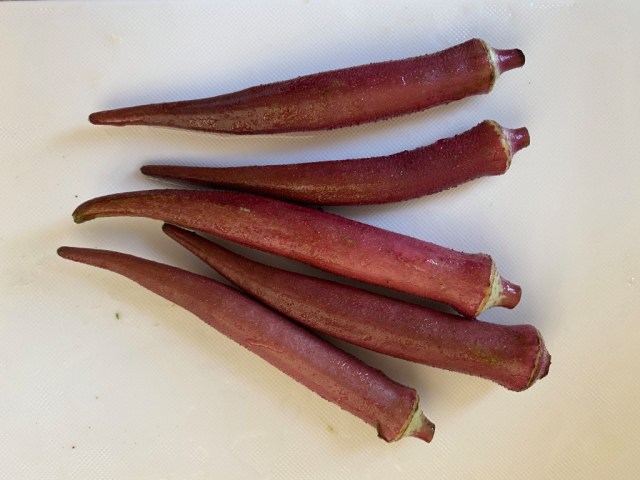
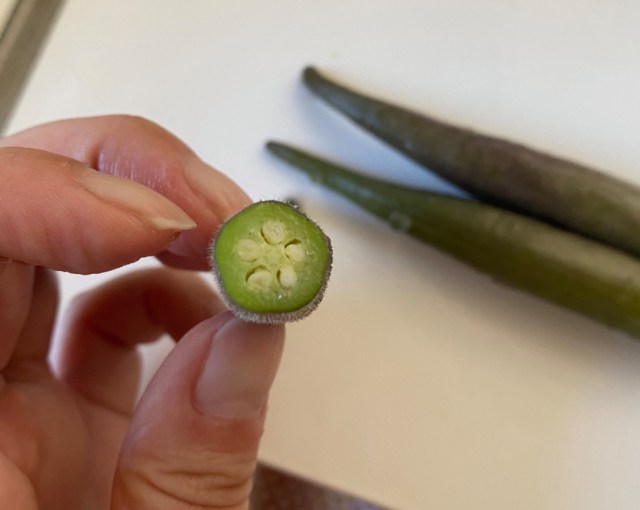
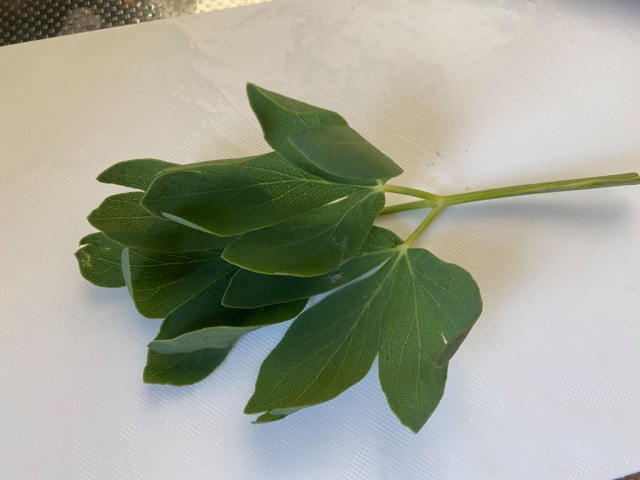
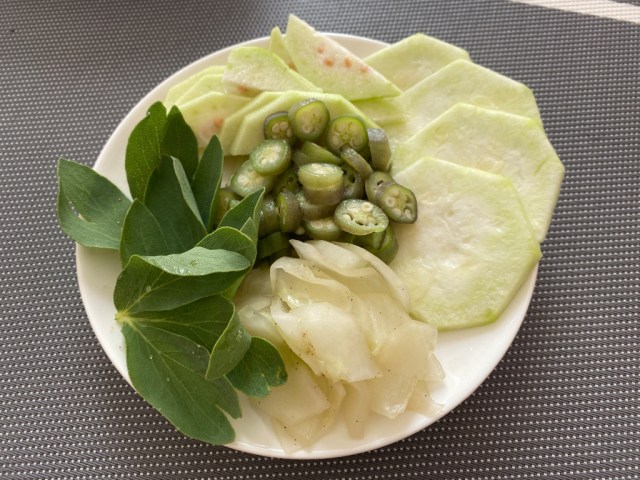
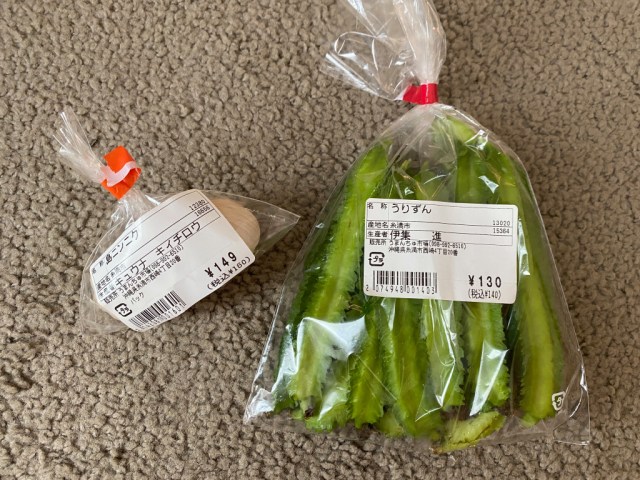
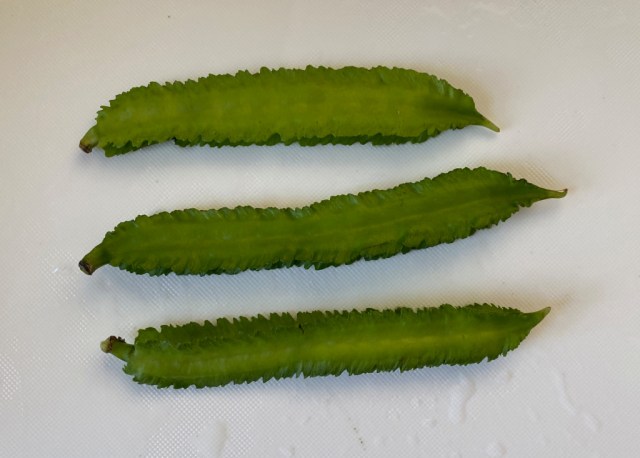
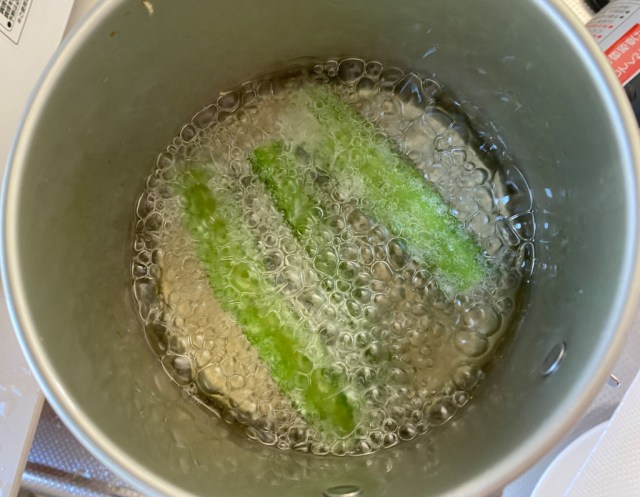
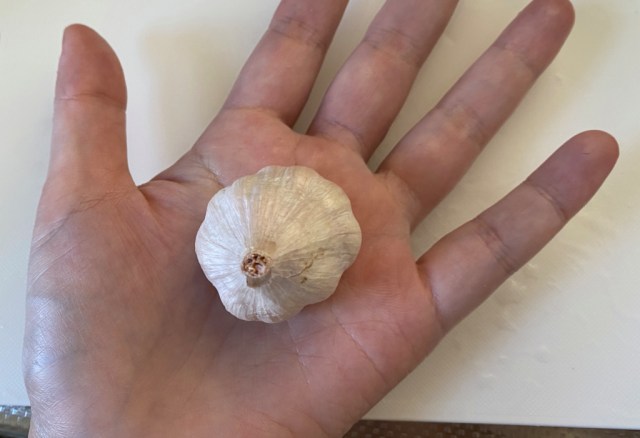
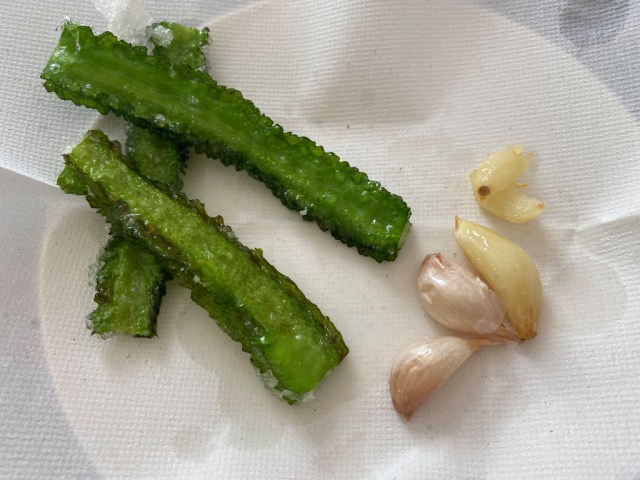
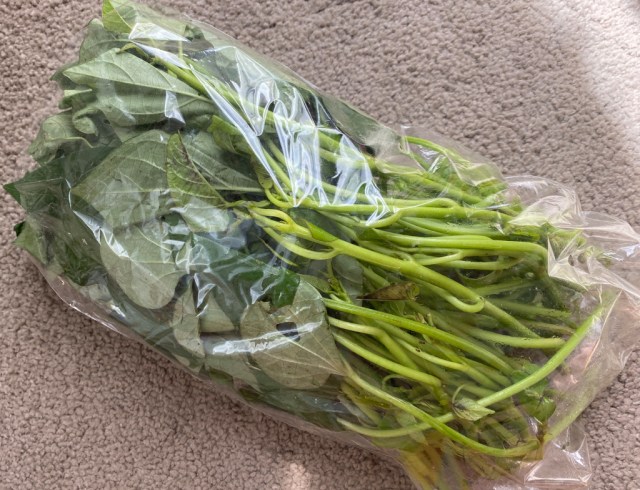
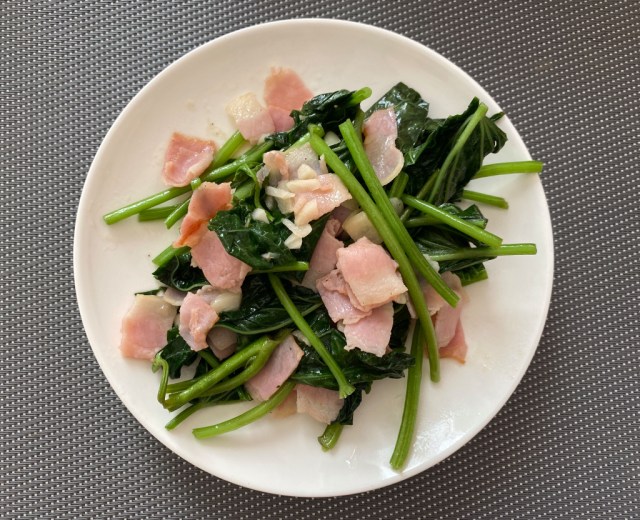
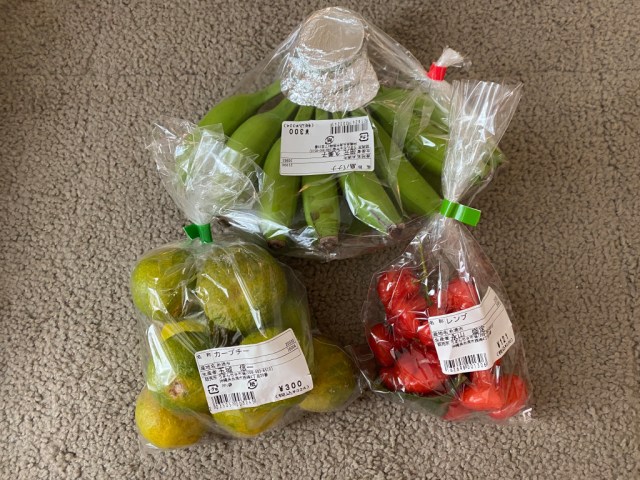
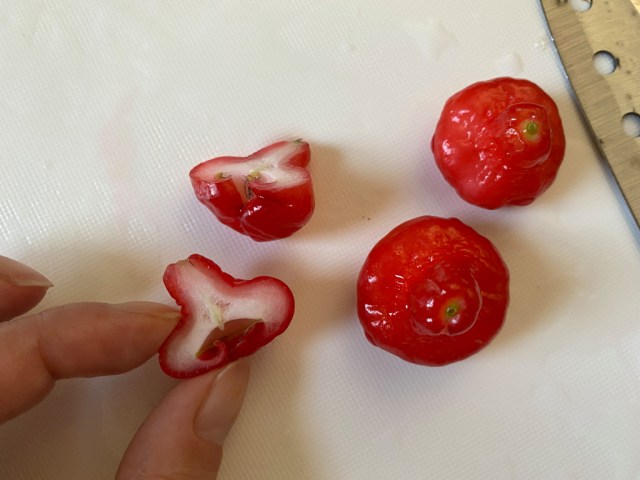
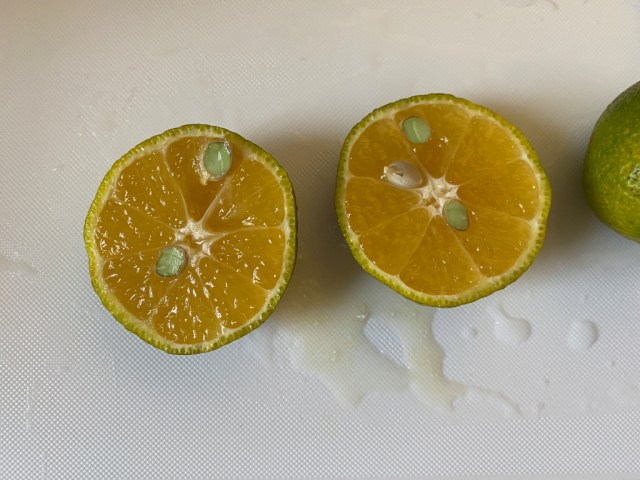

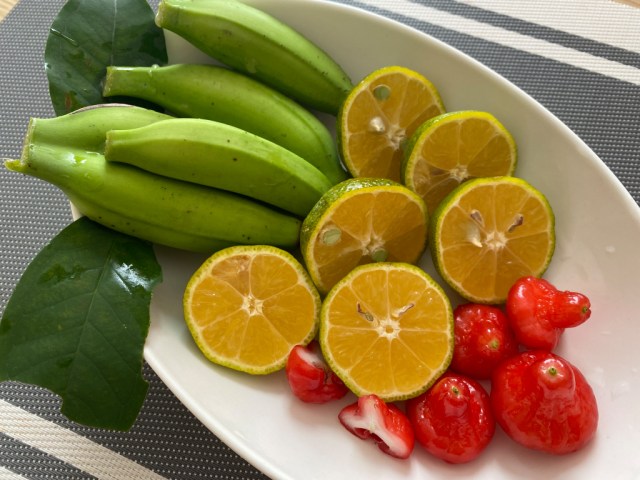

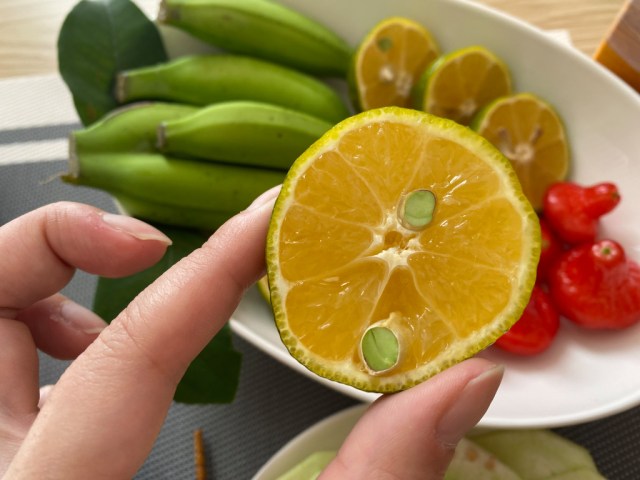
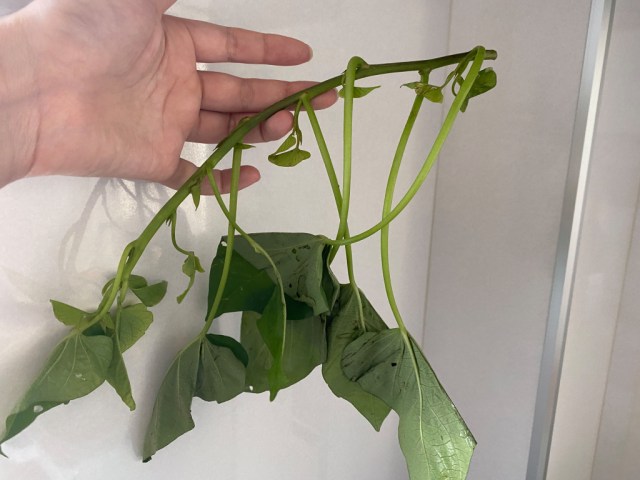
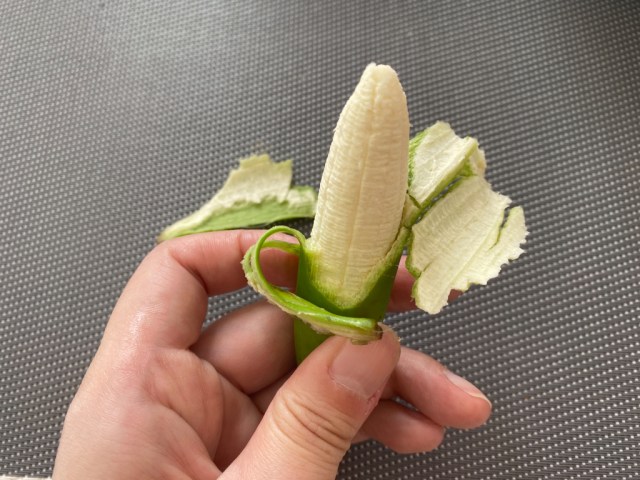
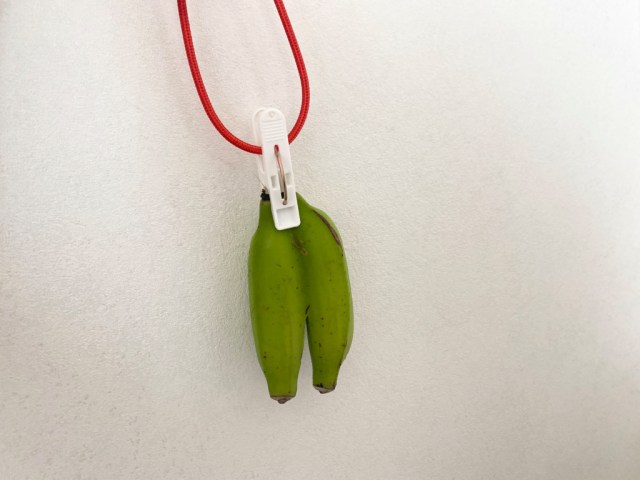
 Our reporter orders food from Uber Eats, falls in love, learns that fate works in mysterious ways
Our reporter orders food from Uber Eats, falls in love, learns that fate works in mysterious ways We visit a restaurant called ‘Otaku’ in France, eat some otaku sushi
We visit a restaurant called ‘Otaku’ in France, eat some otaku sushi Our reporters try a yakiniku sauce called “Even Women Garlic” to figure out what that means
Our reporters try a yakiniku sauce called “Even Women Garlic” to figure out what that means “Hey Singaporean taxi driver! Take us to the best restaurant in Singapore!”
“Hey Singaporean taxi driver! Take us to the best restaurant in Singapore!” Hey, Thai tuk-tuk driver! Take us to the best Thai restaurant in this part of Bangkok!
Hey, Thai tuk-tuk driver! Take us to the best Thai restaurant in this part of Bangkok! Japanese ramen restaurants under pressure from new yen banknotes
Japanese ramen restaurants under pressure from new yen banknotes McDonald’s new Happy Meals offer up cute and practical Sanrio lifestyle goods
McDonald’s new Happy Meals offer up cute and practical Sanrio lifestyle goods New private rooms on Tokaido Shinkansen change the way we travel from Tokyo to Kyoto
New private rooms on Tokaido Shinkansen change the way we travel from Tokyo to Kyoto French Fries Bread in Tokyo’s Shibuya becomes a hit on social media
French Fries Bread in Tokyo’s Shibuya becomes a hit on social media Mt. Koya planning to instate visitor’s tax to cope with huge tourist numbers
Mt. Koya planning to instate visitor’s tax to cope with huge tourist numbers Secret Kitchen bento serves Japanese flowers, birds, wind and moon in a box, but is it worth it?
Secret Kitchen bento serves Japanese flowers, birds, wind and moon in a box, but is it worth it? Better than Apple EarPods? Our 100 yen shop earphone showdown finds a true champion
Better than Apple EarPods? Our 100 yen shop earphone showdown finds a true champion We tried Korea’s way-too-big King Tonkatsu Burger at Lotteria 【Taste Test】
We tried Korea’s way-too-big King Tonkatsu Burger at Lotteria 【Taste Test】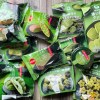 Family Mart makes matcha dreams come true with new lineup of strong green tea sweets in Japan
Family Mart makes matcha dreams come true with new lineup of strong green tea sweets in Japan Super Nintendo World expansion gets delayed for several months at Universal Studios Japan
Super Nintendo World expansion gets delayed for several months at Universal Studios Japan All-you-can-drink Starbucks and amazing views part of Tokyo’s new 170 meter-high sky lounge
All-you-can-drink Starbucks and amazing views part of Tokyo’s new 170 meter-high sky lounge More foreign tourists than ever before in history visited Japan last month
More foreign tourists than ever before in history visited Japan last month Starbucks reopens at Shibuya Scramble Crossing with new look and design concept
Starbucks reopens at Shibuya Scramble Crossing with new look and design concept Studio Ghibli releases new action figures featuring Nausicaä of the Valley of the Wind characters
Studio Ghibli releases new action figures featuring Nausicaä of the Valley of the Wind characters Studio Ghibli glasses cases let anime characters keep an eye on your spectacles
Studio Ghibli glasses cases let anime characters keep an eye on your spectacles Is the new Shinkansen Train Desk ticket worth it?
Is the new Shinkansen Train Desk ticket worth it? Beautiful Ghibli sealing wax kits let you create accessories and elegant letter decorations【Pics】
Beautiful Ghibli sealing wax kits let you create accessories and elegant letter decorations【Pics】 Studio Ghibli releases Kiki’s Delivery Service chocolate cake pouches in Japan
Studio Ghibli releases Kiki’s Delivery Service chocolate cake pouches in Japan New definition of “Japanese whiskey” goes into effect to prevent fakes from fooling overseas buyers
New definition of “Japanese whiskey” goes into effect to prevent fakes from fooling overseas buyers Our Japanese reporter visits Costco in the U.S., finds super American and very Japanese things
Our Japanese reporter visits Costco in the U.S., finds super American and very Japanese things Studio Ghibli unveils Mother’s Day gift set that captures the love in My Neighbour Totoro
Studio Ghibli unveils Mother’s Day gift set that captures the love in My Neighbour Totoro Domino’s Japan now sells…pizza ears?
Domino’s Japan now sells…pizza ears? New Japanese KitKat flavour stars Sanrio characters, including Hello Kitty
New Japanese KitKat flavour stars Sanrio characters, including Hello Kitty New Pokémon cakes let you eat your way through Pikachu and all the Eevee evolutions
New Pokémon cakes let you eat your way through Pikachu and all the Eevee evolutions Sales of Japan’s most convenient train ticket/shopping payment cards suspended indefinitely
Sales of Japan’s most convenient train ticket/shopping payment cards suspended indefinitely Sold-out Studio Ghibli desktop humidifiers are back so Totoro can help you through the dry season
Sold-out Studio Ghibli desktop humidifiers are back so Totoro can help you through the dry season Japanese government to make first change to romanization spelling rules since the 1950s
Japanese government to make first change to romanization spelling rules since the 1950s Ghibli founders Toshio Suzuki and Hayao Miyazaki contribute to Japanese whisky Totoro label design
Ghibli founders Toshio Suzuki and Hayao Miyazaki contribute to Japanese whisky Totoro label design Doraemon found buried at sea as scene from 1993 anime becomes real life【Photos】
Doraemon found buried at sea as scene from 1993 anime becomes real life【Photos】 Tokyo’s most famous Starbucks is closed
Tokyo’s most famous Starbucks is closed One Piece characters’ nationalities revealed, but fans have mixed opinions
One Piece characters’ nationalities revealed, but fans have mixed opinions We asked a Uniqlo employee what four things we should buy and their suggestions didn’t disappoint
We asked a Uniqlo employee what four things we should buy and their suggestions didn’t disappoint Princesses, fruits, and blacksmiths: Study reveals the 30 most unusual family names in Japan
Princesses, fruits, and blacksmiths: Study reveals the 30 most unusual family names in Japan Do people in Osaka really eat crunchy fried noodles with curry? We ask a local, then try it out
Do people in Osaka really eat crunchy fried noodles with curry? We ask a local, then try it out We try a rotating sushi restaurant in New Delhi, are surprised to find no rotating sushi
We try a rotating sushi restaurant in New Delhi, are surprised to find no rotating sushi Have you tried Tokushima ramen? No? You should (says our obsessed Japanese-language reporter)
Have you tried Tokushima ramen? No? You should (says our obsessed Japanese-language reporter) We visit a ramen bar in Croatia, meet a whole new version of ramen we can’t wait to make at home
We visit a ramen bar in Croatia, meet a whole new version of ramen we can’t wait to make at home Taste-testing Japan’s beef tongue/gacha beef vending machine in Sendai【Taste test】
Taste-testing Japan’s beef tongue/gacha beef vending machine in Sendai【Taste test】 Japan’s big eats just got even bigger at this little-known cafe
Japan’s big eats just got even bigger at this little-known cafe Hey, Croatian taxi driver! Take us to the restaurant with the best štrukli in Zagreb
Hey, Croatian taxi driver! Take us to the restaurant with the best štrukli in Zagreb We try European Cup Noodle Soba flavors to see which ones come out on top 【Taste test】
We try European Cup Noodle Soba flavors to see which ones come out on top 【Taste test】 The best-selling rice ball at Family Mart is…SPAM onigiri?
The best-selling rice ball at Family Mart is…SPAM onigiri? We get our hands on a coveted Yodobashi lucky bag, this time the beauty and health gadget box
We get our hands on a coveted Yodobashi lucky bag, this time the beauty and health gadget box Ramen and girls bar: Where you can talk to women who aren’t dressed like hosts or maids
Ramen and girls bar: Where you can talk to women who aren’t dressed like hosts or maids Our Japanese language reporter gets lucky with Vietnam McDonald’s Prosperity Beef Burger
Our Japanese language reporter gets lucky with Vietnam McDonald’s Prosperity Beef Burger McDonald’s breakfast menu in Hong Kong is like nothing we’ve ever seen in Japan
McDonald’s breakfast menu in Hong Kong is like nothing we’ve ever seen in Japan How can you maximize the calories you burn singing karaoke?【Experiment】
How can you maximize the calories you burn singing karaoke?【Experiment】 Thanko’s lucky bag for 2023 brings the heat in more ways than one
Thanko’s lucky bag for 2023 brings the heat in more ways than one We prepared our own delicious amberjack sashimi and realized how much money it saved us【Pics】
We prepared our own delicious amberjack sashimi and realized how much money it saved us【Pics】 The McDonald’s Hokkaido Salmon Burger is a sell-out hit…outside of Japan【Taste test】
The McDonald’s Hokkaido Salmon Burger is a sell-out hit…outside of Japan【Taste test】
Leave a Reply